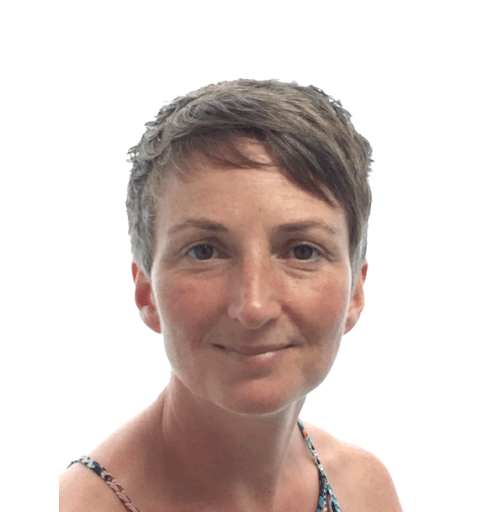
Amanda Roe: Acupuncture and Clinical Hypnotherapist.
Call 087 6331898
Email: amanda@roehealth.ie
No matter how much we look forward to being pregnant, the subtle changes that come with it can take our bodies by surprise. One of the earliest signs is often unexplained fatigue and increased tiredness, triggered by rising levels of progesterone. Breast swelling and tenderness may follow, but it’s usually the onset of nausea and morning sickness between weeks four to six that can be the most unexpected. Despite its name, morning sickness can occur at any time of the day, adding to the unpredictability of early pregnancy symptoms.
Pregnancy is divided into three distinct stages known as trimesters. The first trimester, from conception to 12 weeks, is marked by rapid development and significant hormonal changes. The second trimester (weeks 13–26) is often referred to as the ‘honeymoon phase’ because many of the initial symptoms, like morning sickness, tend to ease, and women often feel more energised. The third trimester (weeks 27–40-plus) is a period of final growth and preparation for birth, when the baby and mother get ready for delivery.
Throughout these stages, acupuncture can serve as a supportive therapy to enhance wellbeing by addressing the various physical and emotional symptoms that arise.
For instance, acupuncture can reduce nausea and vomiting, which are prevalent during the first trimester, and it can also boost energy levels to combat early pregnancy fatigue. As pregnancy progresses, acupuncture helps alleviate common discomforts like back and pelvic pain, which many women experience due to the growing baby and changes in body alignment. Additionally, it can relieve headaches and aid in managing leg cramps and swelling by improving blood circulation. For digestive issues like constipation or heartburn, it can provide significant relief, supporting the body’s overall digestive health.
Acupuncture has a calming effect on the mind helping to stabilise mood swings and reduce anxiety or irritability. Improved sleep quality is another benefit, as acupuncture can help balance the body’s energy, making it easier for expectant mothers to rest and rejuvenate.
In the later stages of pregnancy, acupuncture can even encourage optimal fetal positioning. Around week 34, using a combination of acupuncture and moxibustion (the burning of a specific Chinese herb near an acupuncture point) can help turn a breech baby into the head-down position, promoting a safer and smoother delivery.
Starting at week 37, acupuncture sessions can prepare the body for labour by softening and ripening the cervix. For women who go past their due date, induction acupuncture can be used to initiate contractions and encourage labor to start naturally.
In countries like New Zealand and Australia, it’s common for midwives to be trained in acupuncture, offering women a holistic way to manage pain and discomfort during labour. In places where this isn’t standard practice, such as Ireland, birthing partners can learn acupressure techniques to apply pressure to specific points, helping to reduce the intensity of contractions and support the birthing process. By integrating acupuncture into prenatal care, women can nurture their bodies and minds, enhancing their overall wellness and creating a more balanced, supported experience throughout pregnancy and into childbirth.
Amanda Roe is a clinical hypnotherapist and acupuncturist who uses a range of holistic therapies, including dietary guidance, to improve fertility, mental, emotional, and physical health. She supports natural recovery from trauma, eating disorders, and other mind/body concerns. For more information or to book a consultation, visit www.roehealth.ie or call/text Amanda at 087 633 1898.


